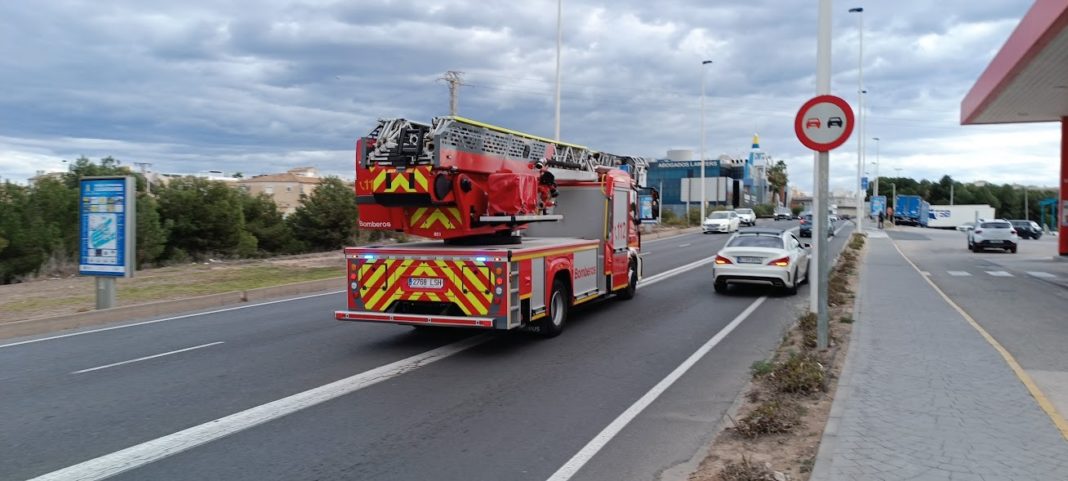The DGT is already planning various modifications to the General Traffic Regulations and a new rule will affect all drivers, for the first time, it specifies how all vehicles must act to make way for priority vehicles. Until now, the practice used in Spain has been a courtesy, rather than law.
Other proposed changes will be of benefit to motorbikes and will change how we drive in snow and rain, although, for now, these are proposals, and not yet legislation.
Proposed Changes to Lane Legislation
The DGT will take an important step forward in the coming months in the traffic rules on the use of lanes and the hard shoulder in special conditions. In some cases, to resolve safety problems, in others to improve the performance of emergency services and even to respond to old demands from specific groups, the reality being that the General Traffic Regulations, Reglamento General de Circulación (RGC), will perhaps experience its biggest changes in a long time.
The project to modify a series of articles of the RGC is already being planned in the DGT, as the organisation itself has explained through its own official magazine, called Tráfico y Seguridad Vial. In an article it also specifies exactly that, with the aim of obtaining greater safety and fluidity in circulation, a new Royal Decree will include these new modifications with the intention of them coming directly into force next year, 2025.
Motorbikes Will Be Allowed to Use the Hard Shoulder (Sometimes)
One of the most notable changes proposed will be the possibility for motorcycles to ride on the righthand hard shoulders on all types of roads, but only during conditions of traffic congestion and as long as two conditions are met: that they do not go more than 30 km/h and that they respect the priority of use of vehicles that are obliged to use the shoulder, such as mopeds and microcars (technically the same thing). To do this, article 36.3 of the RGC will be modified.
At the moment, motorbikes must remain on the main carriageway and continue with the normal flow of traffic. Some vehicles, such as mopeds, as we have mentioned, are obliged to use the hard shoulder.
Prohibition of Using the Overtaking Lane in Adverse Weather
Another important novelty will be to add a new point to article 31.2 of the General Traffic Regulations, which will prohibit overtaking by all vehicles on motorways when ice or snow complicates traffic. All vehicles will be required to exclusively use the righthand lane, leaving the lefthand lane, the overtaking lane, free for the exclusive use of emergency vehicles and snow ploughs.
The Emergency Corridor Will be Mandatory
Another significant change will be that the utilisation of a so-called emergency corridor will become mandatory, rather than the current advisory, or courtesy state.
The DGT is already announcing a new modification of article 31.3 of the General Traffic Regulations to regulate the behaviour that all drivers must adopt on motorways in emergency situations and when the cars are completely stopped or traveling very slowly, mainly due to a retention or incident.
Until now, the regulations established that priority must always be given to priority vehicles in emergency services, but without specifying the behaviour of the rest of the drivers, in other words, the law gives emergency vehicles priority now, but doesn’t explain how that priority is put into practice. This new modification of the RGC will specify exactly how they have to act from now on by law.
Thus, the “corridor” must be opened to the emergency services, as the DGT will regulate.
The DGT will thus establish that drivers must move to the sides, with those in the right lane going to the right and those in the left logically to their left, in such a way that they leave a central corridor of free access to allow the passage of emergency vehicles.

“The objective of this modification is precisely to explain in a clear way how drivers should behave in these circumstances to facilitate the work of the emergency services and expedite their access to the victims of an incident ,” explains Ana Blanco, the deputy director of DGT circulation.














